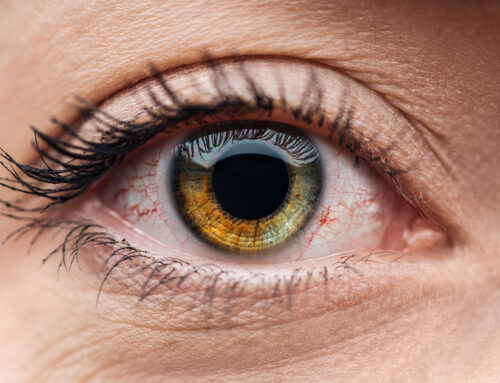I mentioned in our last blog that multifocals arrived to great fanfare and spontaneous parades in the streets. Or at least as close as we get to that in ophthalmology. The initial reaction to a solution for near and distance vision in an IOL was excitement; we had an answer to a previously unsolvable problem.
But our reaction to any new technology – computers, phones, IOLs, you name it – always has two phases. First, the celebration at its debut – when the amazing solution to a problem is all we can see. The second phase, months or years later, is more… discerning. Now that the problem is solved, our baseline changes on what impresses us. Honestly, I think that’s a good thing because it pushes progress forward.
Is Nighttime Vision Next?
You’ve seen it happen with phones. The novelty of a mobile phone that works anywhere wore off, and now we take note of features like camera quality and wireless speeds. And I’ve seen it happen with IOLs. The novelty of having near and distant vision without glasses is expected most of the time. Now we take note of features like great nighttime vision and the ability to read tiny font sizes.
This has led to two key improvements in the world of multifocal IOLs. One, the lenses themselves are dramatically better than they once were. The optics (i.e. the quality of the vision) are sharper, the nighttime vision is clearer, the glare and halos – less than ever. The second improvement is in determining candidacy for a multifocal.
Multifocal Candidacy
Here are some multifocal candidacy tenants we know now that we once didn’t:
- There’s variability in how much near vision people get out of some multifocals. Anatomical variation from one eye to the next might mean great near vision for Jim and just so-so near vision for Bruce (names changed due to HIPAA).
- Multifocals usually require both eyes to work. In cases where the second eye can’t or shouldn’t get a multifocal, we can’t achieve the clean near and distance vision we want by using a multifocal in just one eye.
- Corneas matter. I want to get a t-shirt that says this. The shape of the cornea (specifically the aberrations caused by little topographic changes) can mean the difference between awesome everywhere vision and mediocre anywhere vision.
- Pupils matter. Big pupils, small pupils, barely decentered pupils… these variations are all common and can each impact the performance of a multifocal IOL. This one isn’t necessarily a non-starter, but important when talking through what to expect.
There’s more that goes into the decision with specific vision goals, priorities about “close” near vs. “computer screen” near, etc. And if you’re thinking, “Geesh, this guy’s neurotic,” that’s kind of hurtful, but also accurate. I spend a pathological amount of time thinking about this stuff. In my (maybe self-serving) opinion, you should find a doctor that perseverates on these details about your optics more than you ever could at your most paranoid.
Happy Multifocal IOL Patients
Some of the happiest patients I’ve ever seen are multifocal IOL patients. I’ve seen some not happy patients too (as second opinions of course). Usually, the difference is in how much time was spent figuring out the details beforehand. Those details will get focused on either way! It just makes more sense to do that ahead of time; then post-op visits can just be high fives and photos from your vacation.
My mentor and idol, Dan Durrie, told me many times, “This job is 95% knowing what to do and 5% doing it.” In this, yet again, he was right as always. The magic isn’t in the multifocal, the magic is in the right choice. Luckily, with modern technology and diagnostic imaging, that magic is available to us! And all it takes is a little neurosis to unlock it.




